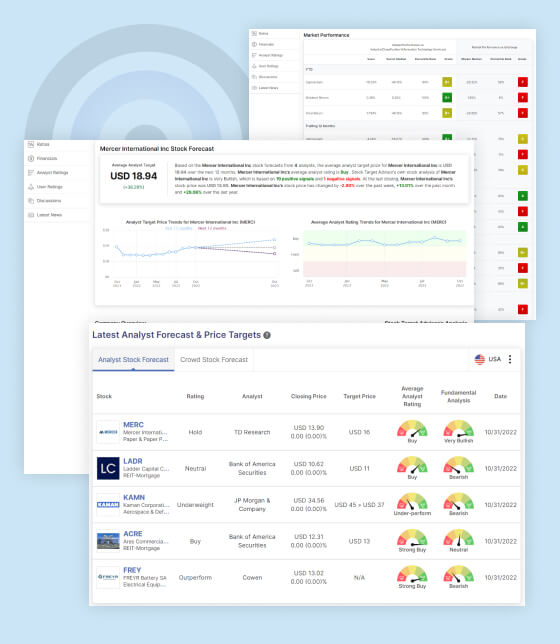Investors have long considered gold as a reliable and enduring asset. Its intrinsic value, scarcity, and historical significance make it a popular choice for individuals looking to protect and grow their wealth. This article will take you through practical strategies to help you make informed decisions about investing in precious metals like gold.
Strategic Approaches to Investing in Gold:
One of the key benefits of investing in precious metals, such as gold, silver, platinum, and palladium, is their role as a hedge against inflation and currency devaluation. As inflation erodes the purchasing power of traditional currencies, the value of precious metals often increases. Similarly, when currencies weaken due to economic or geopolitical turmoil, precious metals retain their purchasing power, making them a reliable store of value.
In addition to combating inflation, precious metals act as safe-haven assets during economic instability. Their limited supply reinforces their stability further. Unlike paper money, which governments can print at will, precious metals are finite resources. Their scarcity supports their long-term value and ensures they remain a sought-after commodity.
Gold is easier to buy, sell, and trade than other metals, and its price tends to remain more stable, even in volatile markets. For instance, a 10 oz gold bullion bar can retain its value over time, even when currencies fluctuate or economic conditions worsen.
Nevertheless, investing in gold is more than buying and holding; it requires thoughtful planning and strategic execution. Here are key strategies to help you maximize returns with your gold investments.
Portfolio Allocation:
Gold plays a critical role in maintaining a balanced and diversified portfolio. Therefore, determine the right allocation of gold in your investments to maximize its impact. Most financial advisors recommend allocating between 5% and 15% of your portfolio to gold, depending on your risk tolerance and market conditions.
A higher allocation can act as a protective hedge during turbulent times, while a lower allocation ensures that you benefit from stability without compromising growth from higher-yielding assets like equities. Striking this balance is essential to minimize risks while benefiting from the unique attributes of this precious metal.
Read More: Top Performing Canadian Gold Stocks with Strong Analyst Ratings.
Market Timing:
Timing is everything in gold investing because understanding when to buy or sell gold can significantly impact your returns. Gold prices rise during economic uncertainty, high inflation, or geopolitical tensions.
For instance, gold often outperforms other assets during inflation, making it an ideal time to enter the market. Conversely, selling gold during periods of economic stability may allow you to lock in profits before prices stabilize or decline.
Choose the Right Investment Vehicle:
The method of investing in gold is a crucial factor in determining your success because each investment vehicle offers unique advantages and risks, and your choice should align with your financial goals, risk appetite, and level of expertise.
For instance, physical gold, such as coins and bars, appeals to investors who value tangible ownership. It provides direct control and is free from counterparty risk, making it a popular choice during economic uncertainty. However, holding physical gold comes with practical challenges. Investors must account for storage and insurance costs and premiums paid above the market price. These additional expenses can eat into returns if not carefully managed.
Discover more gold investment strategies and market insights at Stock Target Advisor.
Gold Investment Options:
Gold ETFs (exchange-traded funds) are an excellent alternative for those seeking convenience and liquidity. These funds track the price of gold and allow investors to buy and sell shares. ETFs eliminate the need for physical storage and make it easier to gain exposure to gold without the associated logistical concerns. However, they come with management fees and do not offer the same sense of ownership as holding physical gold.
Gold mining stocks provide another pathway to invest in gold, offering the potential for higher returns. Instead of owning gold directly, investors purchase shares of companies that mine and produce the metal. These stocks often amplify price movements in the gold market, meaning they can outperform physical gold during bull markets.
However, they also carry higher risks, as their performance depends on many factors, including production costs, reserves, and overall financial health. Investors must conduct thorough research to identify companies with strong fundamentals and efficient operations.
For experienced investors comfortable with market volatility, gold futures and options offer opportunities for speculative gains. Futures contracts allow you to agree on a price for gold to be delivered in the future, while options provide the right—but not the obligation—to buy or sell gold at a predetermined price.
These instruments enable you to leverage your position, potentially increasing returns. However, they require a solid understanding of market dynamics and disciplined risk management due to their complexity and potential for significant losses.
Minimize Costs:
Reducing costs associated with gold investments is a simple yet powerful way to boost returns. It means shopping around for dealers offering competitive premiums and ensuring low storage and insurance fees for physical gold. For ETFs, mining stocks, and other paper investments, it’s crucial to understand management fees, brokerage charges, and other transaction costs. Over time, even small savings on fees can compound into significant differences in your investment’s performance.
Periodic Strategy Adjustment:
Regularly reviewing your portfolio and rebalancing allocations ensures that gold continues to play its intended role. For example, if gold prices have surged and your allocation exceeds your target percentage, it might be a good time to sell and redistribute those funds. Conversely, if prices dip, you could consider increasing your holdings. Staying proactive helps you optimize returns over the long term.
Conclusion:
Gold remains a cornerstone of financial stability, offering unique benefits that few other investments can match. For instance, its ability to hedge against inflation protects your portfolio from economic turmoil. Understanding the available investment vehicles and choosing the ones that align with your goals is critical. From physical gold to ETFs and mining stocks, each option serves a specific purpose and requires careful consideration.

Stock Target Advisor is an independent Investment Research company that specializes in stock forecasting and analysis with integrated AI.





























